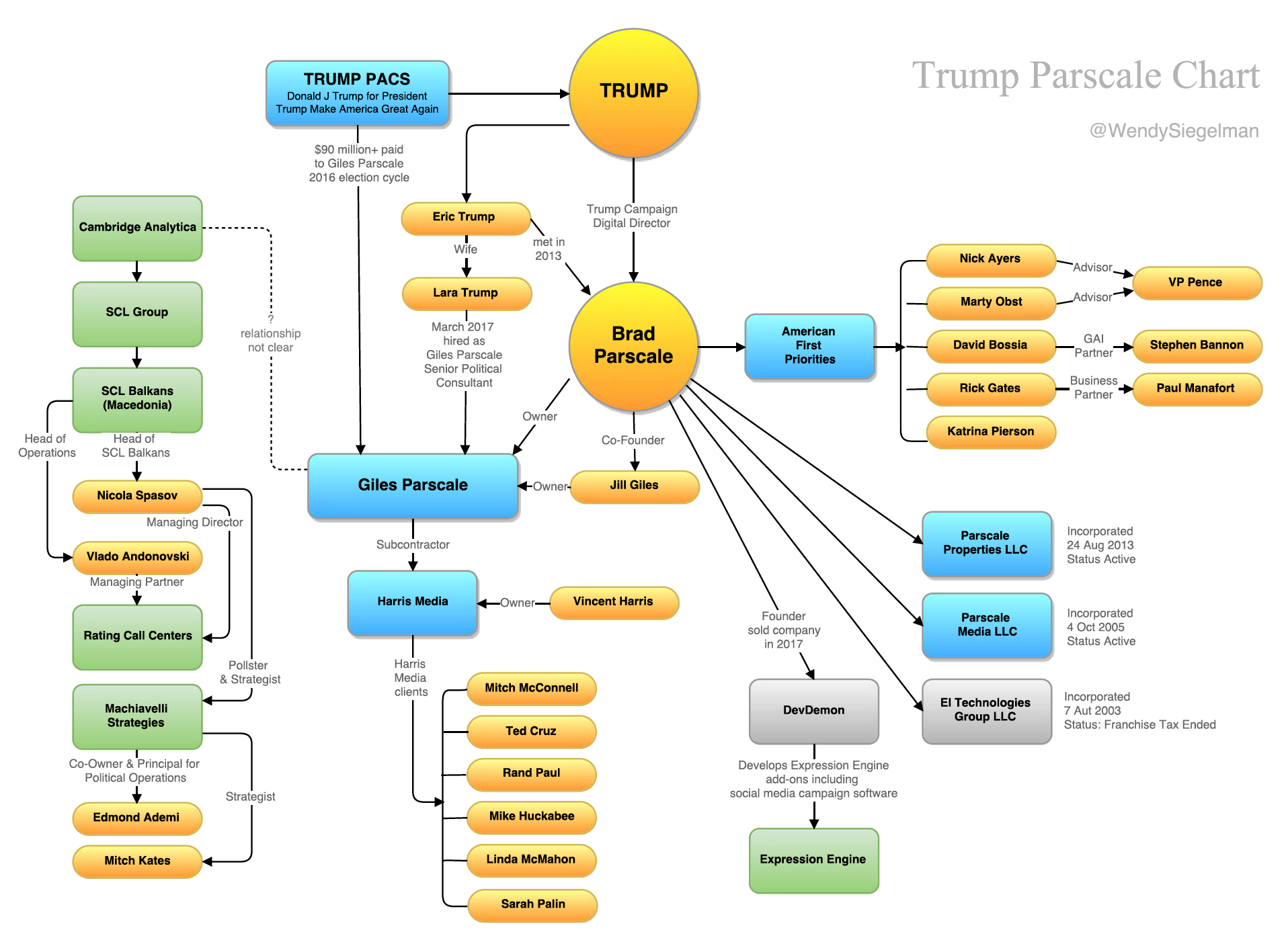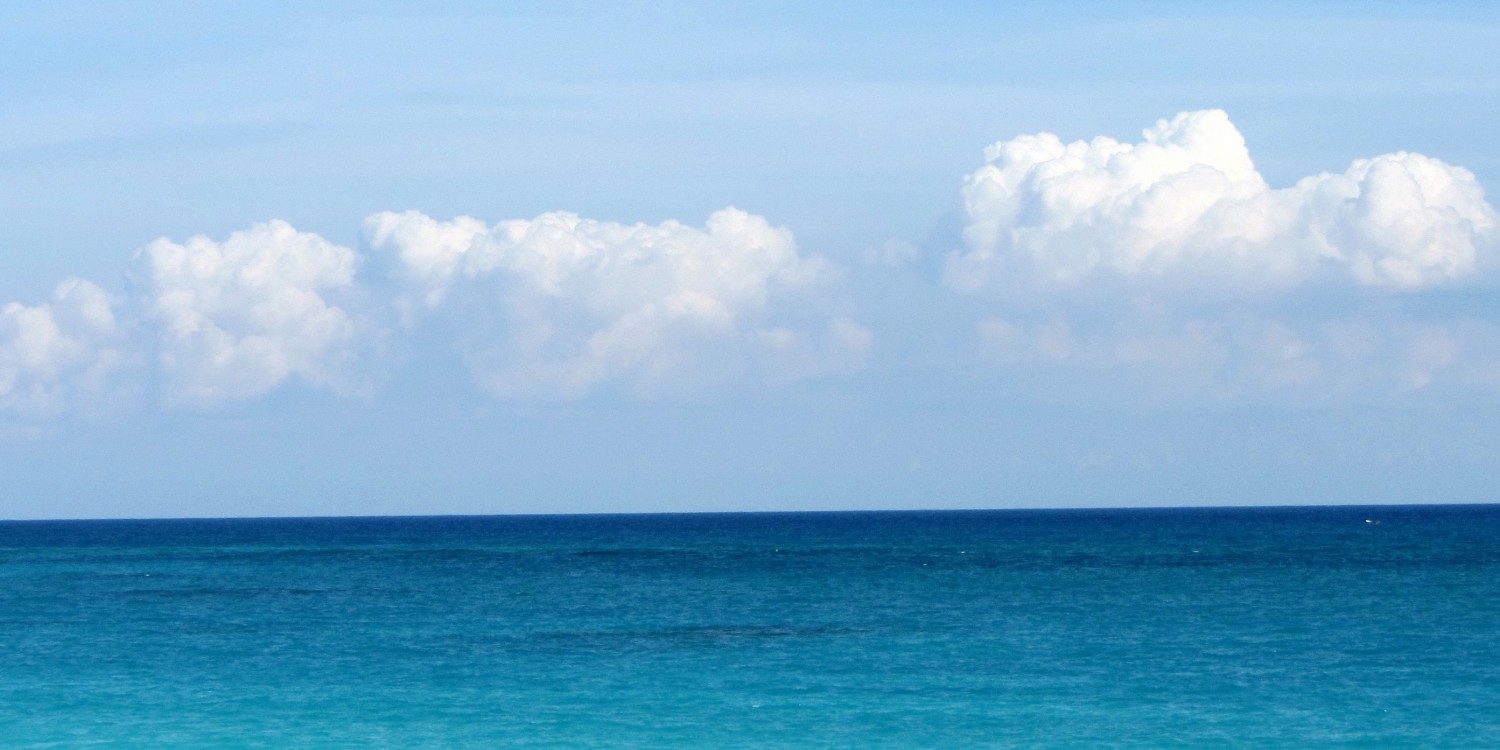Months ago, I began to read about Cambridge Analytica and the Trump campaign. From various sources, I learned about how the Trump campaign had hired Giles Parscale to influence voter perceptions during the campaign. By the way, one of the co-founders of Giles Parscale is Brad Parscale. A few weeks ago, the Trump campaign named Parscale Campaign Manager of the Trump 2020 Presidential Campaign.
In the last few days, Cambridge Analytica became a hot name in the news. One of the company’s founders, Christopher Wylie, sounded the alarm as a whistleblower. He described how the firm received data about Facebook users and then used that data to create detailed profiles of users. Cambridge Analytica and its partners used the data to target users with advertising that would likely be effective. Its effectiveness came from how it leveraged what Cambridge Analytica had learned about those users from their own Facebook pages. This data included their “likes,” posts, and other demographic facts. In many respects, the Trump campaign and its partners used fundamental marketing principles to direct ads and fake news stories to Facebook users.
The Role of Facebook
However, there was a problem. A relatively small group of users agreed to let their data be collected through a Facebook “online quiz.” The company managing the quiz leapfrogged to collecting data on the friends of the survey respondents. These friends of survey respondents had not agreed to have their data mined. In fact, the firm collected data about 50 million Facebook users. This recently became a huge problem for Facebook. On March 19, Facebook stock lost more than $36 billion in market capital in response to reporting about Facebook and Cambridge Analytica.
While thinking about all this, I remembered seeing a very intriguing news story done by the BCC a few months ago. That story featured Teresa Hong, one of the architects of the Trump online campaign. In that report, Hong walks the BBC reporter through the office space in Texas occupied by Cambridge Analytica, dubbed “Project Alamo.” Hong explained that people from Facebook, YouTube and Twitter were their digital partners. Watch the Hong clip I linked to — it’s extremely revealing. Hong says, “Without Facebook, we wouldn’t have won.”
In addition, I remembered a chart published on Medium by Wendy Siegelman. Siegelman’s chart, below, lays out the relationships very clearly. One could spend hours searching for more information about the organizations Siegelman includes in her chart.

